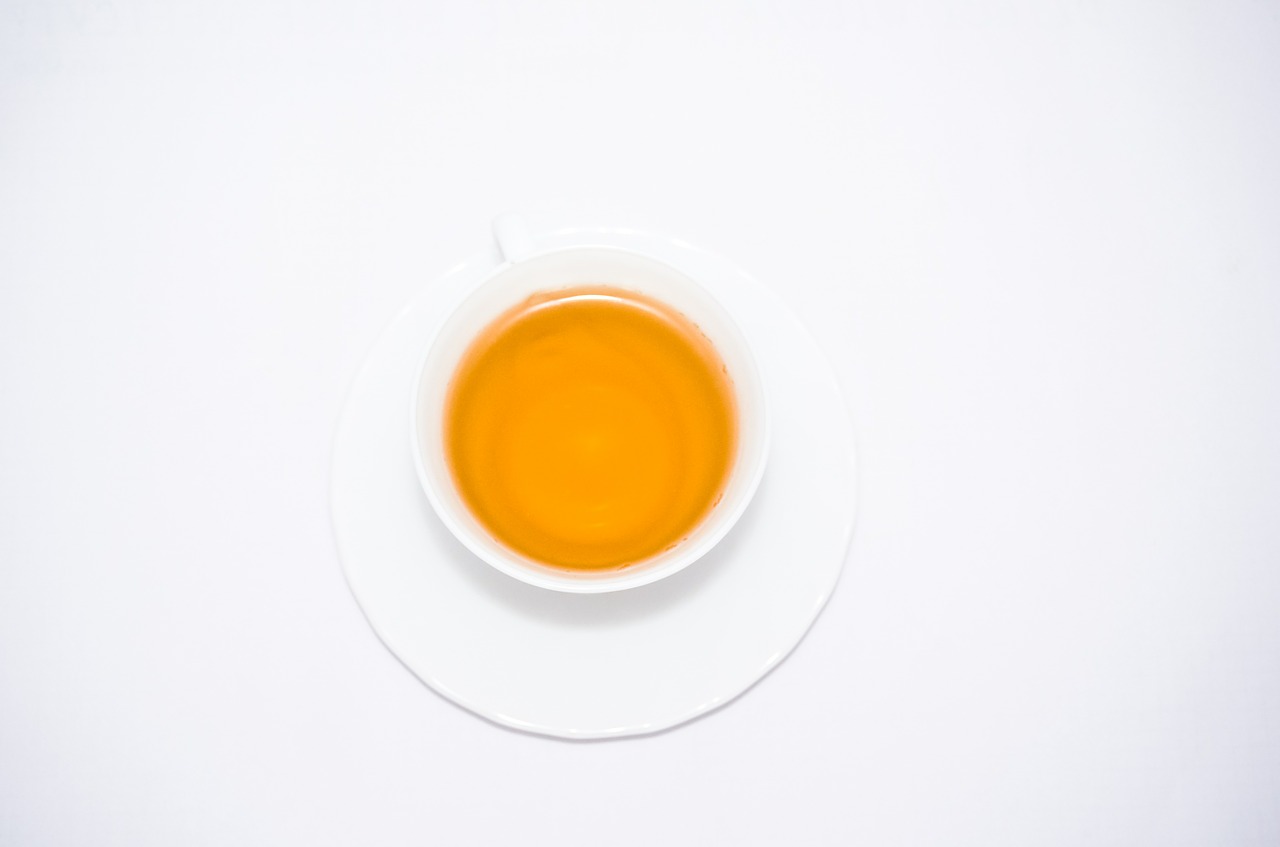
In North America, yerba mate is relatively unknown to most people. However, a trip to South America would quickly demonstrate that the herbal tea is in fact an ancient custom for them. People can be seen walking the streets with a gourd (bowl shaped drinking vessel) in hand sipping liquid out of a bombilla (metal straw).
“Clean Energy”
Perhaps the caffeine and energy discussion is what people may care about most. According to the article, the caffeine content of dry mate leaves is comparable to dry coffee beans and tea leaves. It is important to note that mate is traditionally drunk in very high concentrations by South American inhabitants. Here is the most interesting part, “But the big draw for most yerba mate enthusiasts is the promise of a caffeine-like buzz, free of jitters and unpleasantness….” Mate feels so different than coffee, that people used to claim the beverage was actually caffeine free and contained some other novel compound called mateine. Mateine they claimed was a stereoisomer of caffeine which accounted for differences compared to coffee. Interestingly, it has turned out to in fact just be caffeine. If you find this as intriguing as I do, check the article for more information.
The second article is a source stating the nutritional content of the tea which is also attention grabbing. The brew contains vitamins: A, C, E, B1, B2, B3 (niacin), B5, B complex. It has the minerals: Calcium, Manganese, Iron, Selenium, Potassium, Magnesium, Phosphorus, (some sources claim Zinc). Other compounds include: Fatty Acids, Chlorophyll, Flavonols, Polyphenols, Trace Minerals, Antioxidants, Pantothenic Acid and 15 Amino Acids.
“According to Dr. Mowrey, Director of Mountainwest Institute of Herbal Sciences, one group of investigators from the Pasteur Institute and the Paris Scientific Society concluded that Yerba Mate contains "practically all of the vitamins necessary to sustain life."








